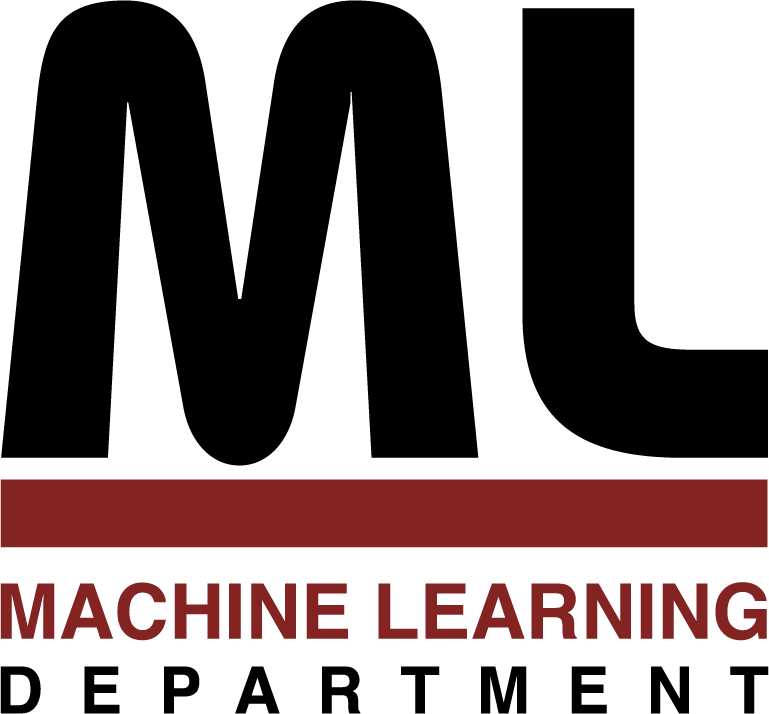
Machine Learning Department
School of Computer Science, Carnegie Mellon University
Exploiting Non-sequence Date in
Dynamic Model Learning
Tzu-Kuo Huang
October 2013
Ph.D. Thesis
This thesis aims to exploit such non-sequence data in learning a few widely used dynamic models, including fully observable, linear and nonlinear models as well as Hidden Markov Models (HMMs). For fully observable models, we point out several issues on model identifiability when learning from non-sequence data, and develop EM-type learning algorithms based on maximizing approximate likelihood. We also consider the setting where a small amount of sequence data are available in addition to non-sequence data, and propose a novel penalized least square approach that uses non-sequence data to regularize the model. For HMMs, we draw inspiration from recent advances in spectral learning of latent variable models and propose spectral algorithms that provably recover the model parameters, under reasonable assumptions on the generative process of non-sequence data and the true model. To the best of our knowledge, this is the first formal guarantee on learning dynamic models from non-sequence data. We also consider the case where little sequence data are available, and propose learning algorithms that, as in the fully observable case, use non-sequence data to provide regularization, but does so in combination with spectral methods. Experiments on synthetic data and several real data sets, including gene expression and cell image time series, demonstrate the effectiveness of our proposed methods.
In the last part of the thesis we return to the usual setting of learning from sequence data, and consider learning bi-clustered vector auto-regressive models, whose transition matrix is both sparse, revealing significa nt interactions among variables, and bi-clustered, identifying groups of variables that have similar interactions with other variables. Such structures may aid other learning tasks in the same domain that have abundant non-sequence data by providing better regularization in our proposed non-sequence methods.
156 pages
School of Computer Science